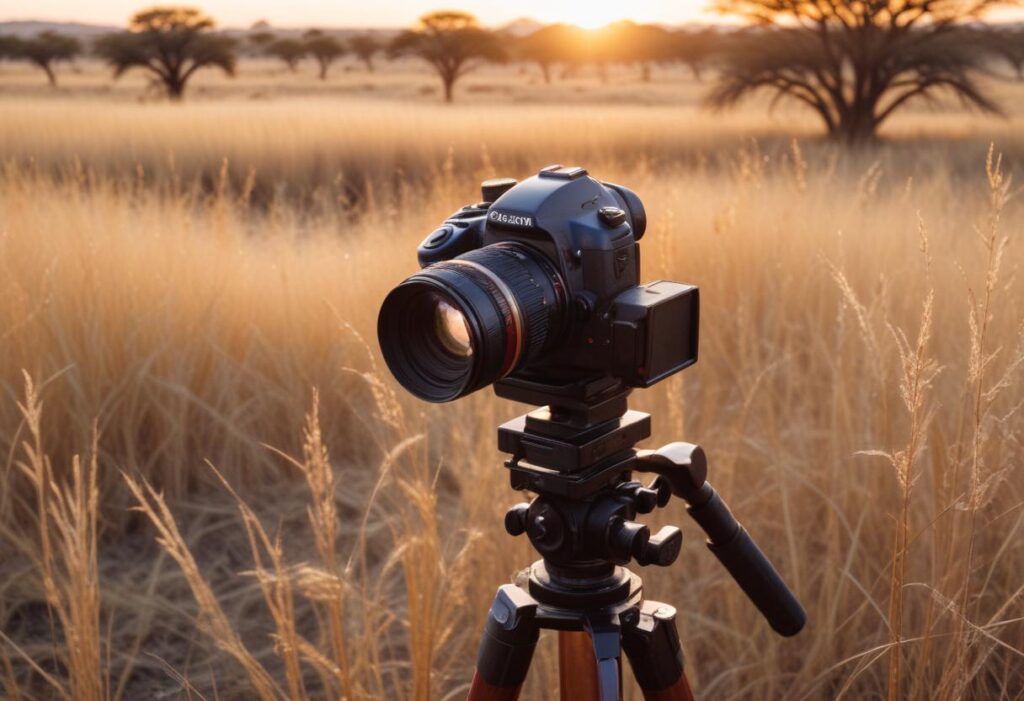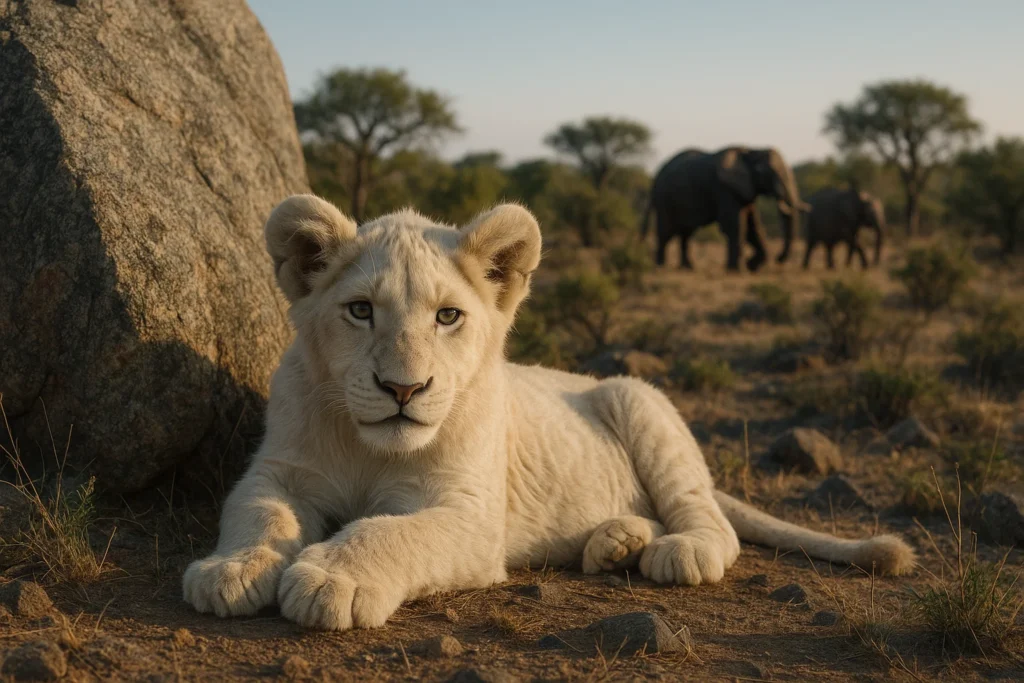Capturing Africa’s wildlife through a lens can be one of the most rewarding experiences of a safari. But with great photos comes great responsibility. Ethical wildlife photography is not just about the image—it’s about respecting the animals, the environment, and the people who protect them.
In this guide, we’ll explore how to photograph wildlife ethically during a safari, covering best practices, essential do’s and don’ts, and the impact of your actions as a photographer.
Why ethical wildlife photography matters
Preserving natural behavior
Getting too close or using disruptive equipment can change how animals behave. Ethical photography minimizes human interference so wildlife can act naturally—and safely.
Respecting conservation efforts
Tourism dollars support conservation, but disrespectful photography undermines that. Following ethical guidelines helps maintain a positive relationship between visitors and nature reserves.
General principles for ethical wildlife photography
Keep your distance
Use a zoom lens instead of getting physically close. Animals that feel cornered or harassed may flee, hide, or even attack.
Never bait or provoke animals
Luring animals with food or sounds for a better shot is unethical and dangerous. It creates dependency and disrupts natural patterns.
Avoid flash photography
Flash can startle animals, interfere with their night vision, and cause stress. Stick to natural light whenever possible.
Be quiet and patient
Silence is key. Speak softly and avoid sudden movements to prevent distressing wildlife or scaring them away.
Safari-specific photography etiquette
Respect your guide and fellow guests
Don’t demand stops or specific positions that compromise the group experience. Communicate respectfully and understand that guides prioritize safety and conservation.
Limit your gear footprint
Avoid setting up tripods in tight spaces or bringing bulky gear that obstructs views. Travel light and be mindful of your surroundings.
Don’t chase the shot
If an animal disappears into the bush, let it go. Pursuing wildlife with a vehicle just for a photo is intrusive and unsafe.
Cultural and community respect
Ask before photographing people
Always seek permission before photographing local guides, staff, or communities. Some may find it disrespectful or intrusive.
Share ethically
Avoid captions that sensationalize, anthropomorphize, or mislead. Educate and inspire through your posts—don’t exploit.
What to pack for ethical photography
- Zoom lens (200–400mm): Ideal for maintaining distance
- Camera with silent shutter mode: Minimizes disturbance
- Neutral clothing: Blends into the environment
- Extra batteries/memory cards: So you don’t need to rush important shots
- Dry bags or cases: To protect gear from dust and rain
Final thoughts: shoot with purpose
Ethical wildlife photography is about more than just technical skill—it’s about compassion, patience, and integrity. When you photograph with purpose and respect, your images carry a story that goes beyond the frame.
FAQs
Ethical wildlife photography involves capturing animals without disturbing their behavior, habitat, or safety. It prioritizes respect and conservation.
No, flash can stress animals and disrupt their natural behavior. Use natural light or low-impact camera settings instead.
No. Always maintain a respectful distance and never pursue wildlife. Use zoom lenses to get close-up shots safely.
Avoid sensationalism or misleading captions. Share educational and respectful content that promotes conservation and awareness.
Yes. Always ask before photographing local guides, staff, or communities to ensure cultural sensitivity and respect.






